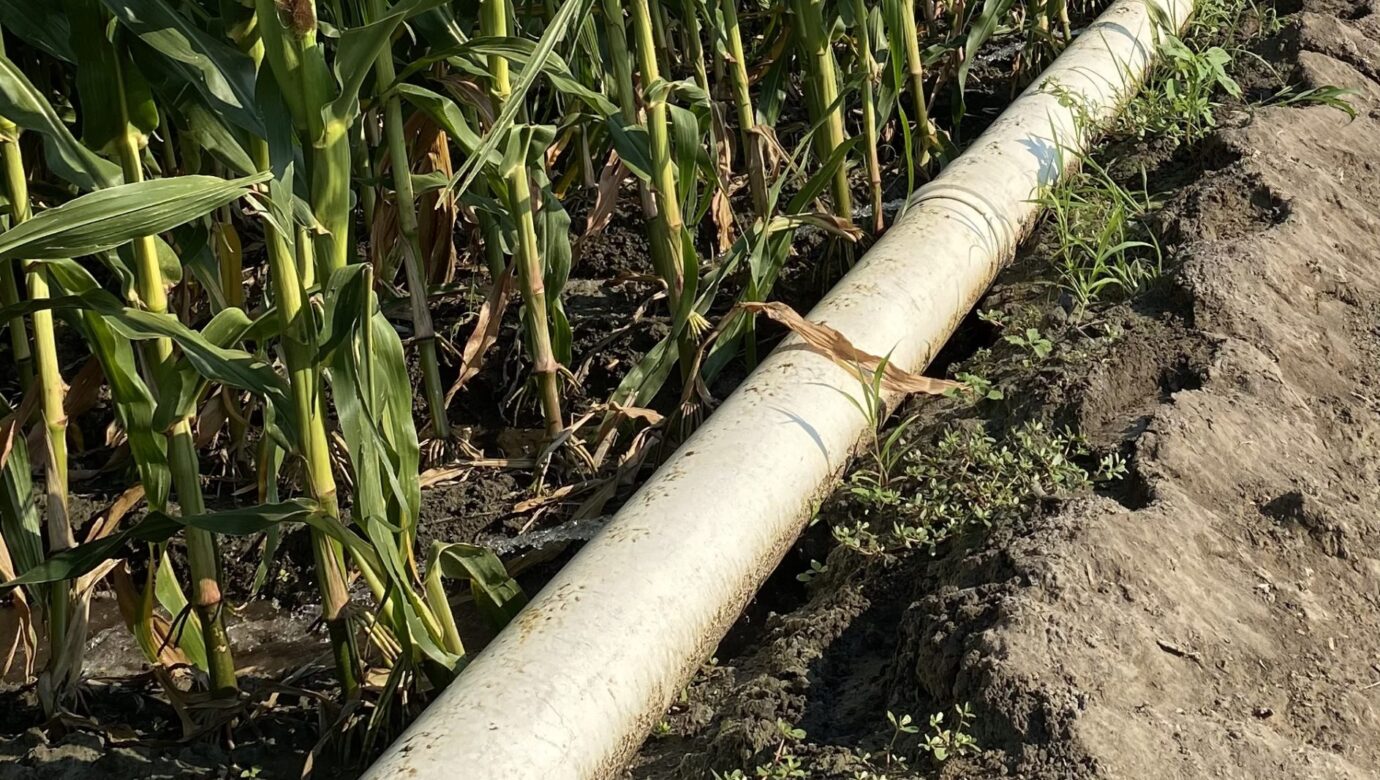
Irrigation Water Analysis
Irrigation water analysis might not be top of mind when thinking about crop fertility, but it is a critical piece. Consider that the minerals in the water end up on the field. This can mean less fertilizer is needed. Conversely, it can mean there is a need for additional applications on dry land. So, let’s dive into interpreting a Ward Laboratories’ irrigation water report.
Quality of Analysis
The first thing to consider on your report is how did the lab perform? You can evaluate this by checking the cation to anion balance. The positive (cation) and negatively (anion) charged molecules should be approximately equal. For example: 10.2:9.9 me/L. This tells us that we have likely identified all the elements in the sample.
Salinity Hazard
There are several result items grouped together at the beginning of the report. These factors assess potential problems. Sodium absorption ratio (SAR), Adjusted SAR, pH, and electrical conductivity (EC) give you an idea about the characteristics of your water.
The pH shows how acidic or basic the water is. Most irrigation waters are basic with pH ranging from 7.2-8.2. Then, EC indicates the total salt (mineral) of the water. EC should ideally be less than 0.75 mmho/cm. Finally, adjusted SAR is a calculation based on the concentration of sodium (Na) relative to calcium (Ca) and magnesium (Mg) while factoring carbonate/bicarbonate concentration. To prevent damage to crops and soil quality, adjusted SAR should be less than 6.
Irrigation Water as a Fertilizer
Finally, we are getting into the meat of irrigation water analysis. The next section of the report shows minerals reported as ppm as well as how much would be applied if 9 inches of irrigation water (lbs/acre 9 in) was used during the crop period. This is where you can find great value in the report. By evaluating the lbs/acre 9 inches of irrigation data, we can consider how much fertilizer this could replace. The irrigation nutrients should be considered as a 1:1 replacement of fertilizer. This offers a savings on inputs. Additionally, can show different fertilizer needs on dry land versus irrigated acres regardless of geographical proximity and soil analysis that appear to be similar.
The minerals included on the report are:
- Sodium (Na)
- Potassium (K)
- Calcium (Ca)
- Magnesium (Mg)
- Nitrate (NO3-N)
- Sulfate (SO4-S)
- Chloride (Cl)
- Boron (B)
Furthermore, you can use carbonate/bicarbonate (CO3/HCO3) to calculate the pounds of lime. This liming material can help maintain optimal ph. This value is ideally less than 180 ppm. You can request additional nutrients on any sample received by the laboratory.
In conclusion, irrigation water analysis should be a key decision-making tool for your farm. This test can maximize crop health and field productivity providing potential input savings.
